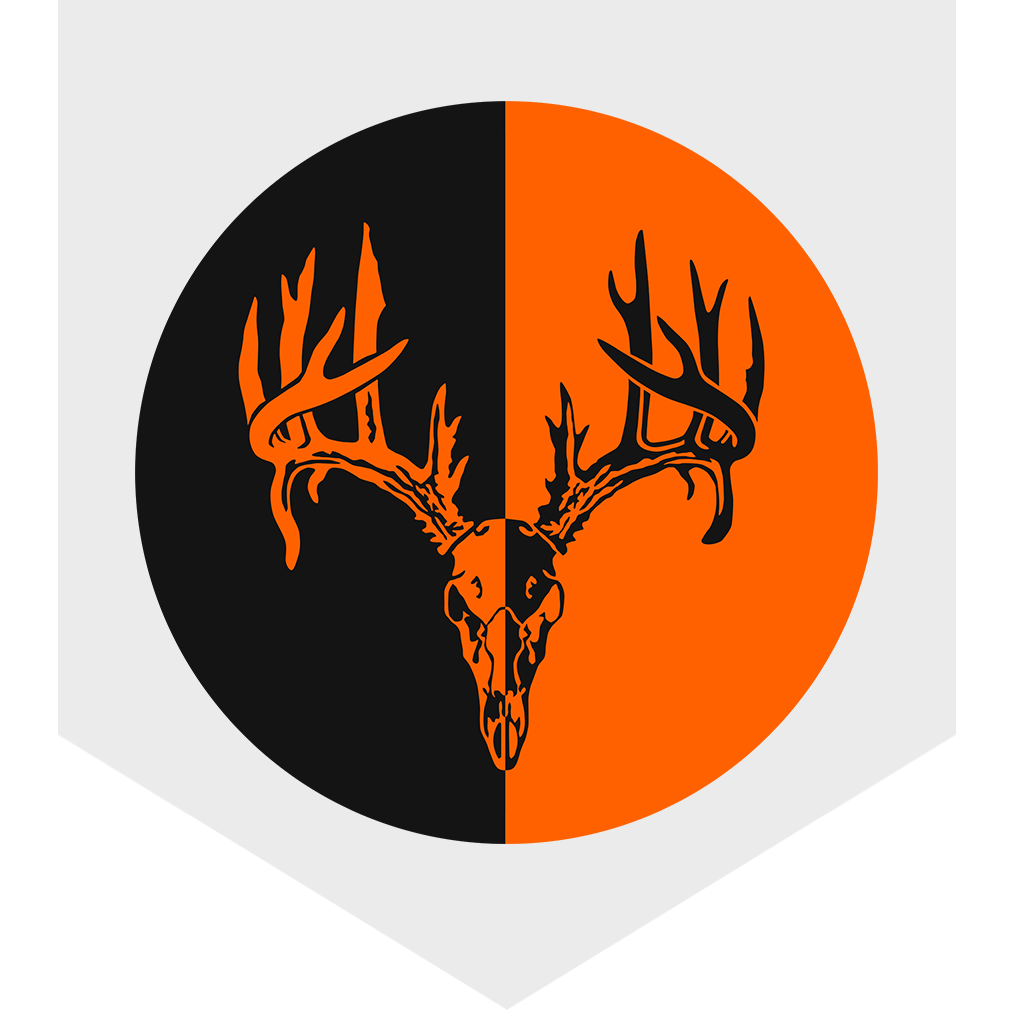Alaska’s August 1st Mountain Goat Opener: What Hunters Need to Know and Do in July
Written by: Ryan Reading, Fall Obsession Pro Staff
The mountain goat hunting season in Alaska begins in several units on August 1st, and for both in-state and out-of-state hunters, July is the most important month to prepare. This is the time to secure permits, confirm logistics, finalize gear, and ensure full compliance with Alaska’s hunting regulations.
Several Game Management Units (GMUs) open for mountain goat hunting on August 1st, including Units 1A and 1B along the southeast coast, Units 6A and 6B near Prince William Sound, Unit 8 on Kodiak Island, Unit 11 and 13D in the interior, and Units 14A and 14C in the Matanuska and Twentymile River regions. Most of these hunts are registration-based and available on a first-come, first-served basis. Registration permits typically become available in mid-to-late July and can be obtained through the Alaska Department of Fish and Game (ADFG) website or at local ADFG offices. Some hunts, like RG480 on Kodiak Island, offer unlimited permits. Others close as soon as quota limits are met.
To participate in many of these hunts, hunters must complete the Mountain Goat Identification Quiz available on ADFG’s website. This ensures the ability to distinguish male goats (billies) from females (nannies), which is critical for conservation. Harvesting nannies with dependent kids is prohibited in several regions and may result in penalties. In addition to quiz completion, all hunters are required to report harvests and, in some cases, hunting activity even if no harvest occurs.
For Alaska residents, requirements are straightforward. A valid resident hunting license is necessary, and a registered guide is not required. However, understanding the rules of each unit—including weapon restrictions, salvage regulations, and access requirements—is critical. Hunters must review their chosen unit’s rules before heading into the field.
Non-resident hunters must complete additional steps. A non-resident hunting license ($160) and mountain goat tag ($600) are required. Non-residents are also legally obligated to hire a licensed Alaskan guide unless they are accompanied by an immediate family member who is a qualified Alaska resident. Booking a guide months in advance is strongly advised, as availability during August is limited.
For those seeking outfitter recommendations, several operators are well-regarded for mountain goat hunts in the early season. In Southeast Alaska, Sam Dalin of Dalin Charters in Ketchikan is a respected name with consistent praise for both goat and blacktail hunts. Along Prince William Sound in GMU 6A and 6B, Premier Outfitters provides guided alpine hunts with a strong success rate for both rifle and archery hunters. On Kodiak Island—an excellent destination for non-residents due to its high goat densities and unlimited tag availability—two top-rated outfitters include Kodiak Backcountry Adventures (Jason Bunch) and Campbell’s High Caliber Guide Service. Both operations are known for ethical practices and high success in Unit 8. Additionally, several experienced hunters online have endorsed Mike Munsey, a long-time Kodiak guide with a strong local reputation.
Once licensing and guiding requirements are handled, July should be used to prepare physically and finalize gear. Mountain goat habitat is steep, remote, and often weather-exposed. Quality rain gear, reliable optics, and proper footwear are essential. Testing gear in real conditions before the hunt is strongly advised. Items such as a spotting scope, rangefinder with angle compensation, trekking poles, microspikes, and a GPS communicator (like a Garmin inReach) should be considered standard equipment. Hunters should also plan for quick meat care in the field and secure a reliable method of extraction.
Travel logistics depend on the unit. Most hunts require flying into Anchorage, Juneau, or Kodiak, followed by additional bush plane, ferry, or boat access. Some areas may also require a transporter—a person or business licensed to legally move hunters and gear into remote terrain. This is particularly common in Units 6 and 8. Coordinating these details well before August is crucial.
When choosing where to hunt, some units are consistently more favorable due to access and population density. Unit 1A and 1B offer rugged but productive coastal opportunities. Unit 6 is excellent for hunters preferring more inland alpine terrain. Kodiak Island’s Unit 8 is especially appealing to non-residents due to generous season dates, good goat numbers, and fewer terrain extremes than mainland hunts. Meanwhile, Units 11, 13D, and 14 offer more isolated hunts for those seeking true backcountry conditions.
In all cases, hunters must comply with Alaska’s strict regulations, including field tagging, meat salvage, and harvest reporting. It’s recommended to read all regulations for your unit, verify requirements with ADFG if unsure, and maintain copies of your permit, quiz certification, and license in the field.
July is the final window to ensure legal, physical, and logistical readiness for mountain goat season. For residents, it’s about checking unit updates, scouting ridgelines, and preparing gear. For non-residents, it’s about finalizing guide arrangements, securing tags, and planning safe and lawful access to the mountains. Alaska offers one of North America’s most respected and challenging mountain goat hunting experiences—but the hunt begins long before your boots hit the trail.



